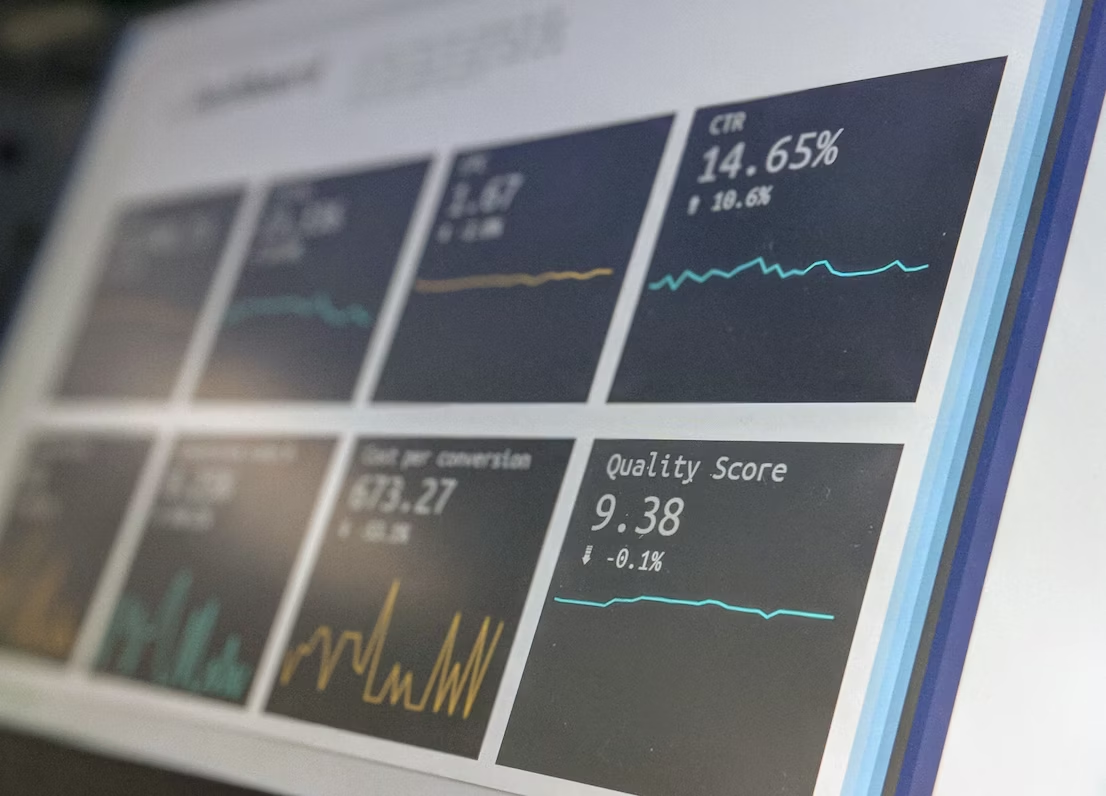In the contemporary era, where digital solutions bridge gaps and expand horizons, theatre has an opportunity to redefine its outreach. Captioning, once a mere accessibility tool, can now be wielded as a potent marketing instrument, drawing in audiences previously untouched by the magic of live performances.
1. Spotlight on Captioning as an Experience Enhancer
Instead of presenting captioning as merely an auxiliary feature, theatres should market it as an experience enhancer.
- Engaging Visuals: Create promotional materials that demonstrate the seamless integration of captions with performances. This will help potential visitors visualize the enriched experience they stand to gain.
- Narrative Storytelling: Share stories of patrons who have benefited from the feature. Real-life experiences, when woven into compelling narratives, can effectively convey the transformative impact of captioning.
2. Partnership with Local Communities
Engage with expat clubs, language academies, and schools that cater to international students. Organize collaborative events or offer group discounts to drive collective visits.
- Guest Performances: Consider hosting select performances that are tailored towards these communities. This proactive approach, combined with the promise of captions, can be a significant draw.
3. Use Social Media Intelligently
The right strategy can make captioning the hero of your digital campaign.
- Interactive Demos: Utilize platforms like Instagram or TikTok to create short, impactful demonstrations of the captioning in action. Highlight how it adds value to the theatre experience.
- Engage with Hashtags: Popularize and engage with hashtags such as #TheatreForAll, #AccessibleArts, or #CaptionsMatter to tap into the broader online conversation about inclusivity and accessibility.
4. Create Themed Nights or Events
Organize events like "International Nights" where plays from different cultures are showcased, leveraging the captioning feature to make them universally accessible. These events can become calendar highlights, attracting both locals and foreigners.
5. Encourage Feedback and Testimonials
Ask spectators to share their experiences with the captioning system, especially if it enhanced their theatre visit.
- Digital Platforms: Encourage reviews on platforms like Google My Business, TripAdvisor, and Yelp, highlighting the accessibility feature.
- Word-of-Mouth: Given its organic nature, word-of-mouth can have a profound effect. A positive testimonial from a satisfied patron can influence peers and networks.
6. Collaborate with Accessibility Advocates
Engage with organizations and influencers who champion the cause of inclusivity and accessibility.
- Joint Campaigns: Run joint campaigns or host panels and discussions that highlight the importance of accessibility in arts and how theatre is leading the charge with tools like captioning.
Conclusion
Captioning, when integrated effectively into a theatre's marketing strategy, can act as both an invitation and a commitment – an invitation to those previously deterred by language or hearing barriers and a commitment to ensuring an inclusive, comprehensive theatre experience for all. Through thoughtful promotion, theatres can position themselves not only as establishments of culture and art but also as vanguards of inclusivity and innovation.









